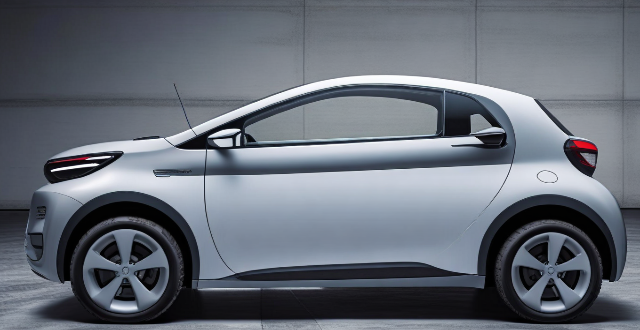The evolution of fuel vehicle design has been marked by significant changes and innovations over the years. From horse-drawn carriages to modern electric cars, each new development has brought its own set of benefits and challenges. Key milestones in this evolution include the introduction of steam-powered vehicles during the Industrial Revolution, the invention of gasoline-powered vehicles in 1885, the rise of diesel engines in the early 20th century, and the recent resurgence of electric cars. Looking ahead, we can expect further advancements in autonomous driving technology, hydrogen fuel cells, and biofuels made from renewable sources.

The Evolution of Fuel Vehicle Design Over the Years
Fuel vehicles have come a long way since their inception. From the early days of horse-drawn carriages to the modern-day electric cars, the design of fuel vehicles has undergone significant changes over the years. Let's take a closer look at how this evolution has occurred.
Early Days: Horse-Drawn Carriages
In the early days, people relied on horses to pull their carriages. These carriages were typically made of wood and had no suspension system, making them uncomfortable for long journeys. However, they were the only option available at that time.
Industrial Revolution: Steam-Powered Vehicles
With the advent of the Industrial Revolution, steam-powered vehicles became popular. These vehicles used coal or wood as fuel and produced steam to power the engine. While they were faster than horse-drawn carriages, they were still not very practical due to their limited range and high fuel consumption.
Gasoline-Powered Vehicles
The first gasoline-powered vehicle was invented in 1885 by Karl Benz. This marked a significant milestone in the history of fuel vehicles. Gasoline engines were more efficient than steam engines and could travel longer distances without refueling. They also had better acceleration and were easier to start.
Over time, gasoline-powered vehicles underwent several design improvements, including:
- Improved suspension systems for a smoother ride
- Better brakes for increased safety
- More powerful engines for faster speeds
- Air conditioning and other comfort features for driver convenience
Diesel Engines
Diesel engines were introduced in the early 20th century and quickly gained popularity due to their efficiency and reliability. Diesel engines produce more torque than gasoline engines, making them ideal for heavy machinery and trucks. They also have lower fuel costs and can run on a variety of fuels, including biodiesel.
Electric Cars
Electric cars were first introduced in the late 19th century but did not become popular until recently. With advancements in battery technology, electric cars are now capable of traveling longer distances on a single charge and are becoming increasingly affordable. They also produce zero emissions, making them an environmentally friendly alternative to traditional gasoline-powered vehicles.
Future Developments
As technology continues to advance, we can expect further improvements in fuel vehicle design. Some potential developments include:
- Autonomous driving technology that allows cars to drive themselves without human intervention
- Hydrogen fuel cells that produce electricity through a chemical reaction between hydrogen and oxygen
- Biofuels made from renewable sources such as corn or sugarcane that can be used in place of gasoline or diesel fuel
In conclusion, the design of fuel vehicles has evolved significantly over the years, with each new innovation bringing its own set of benefits and challenges. As we look towards the future, it will be exciting to see what new advancements emerge in this ever-changing field.